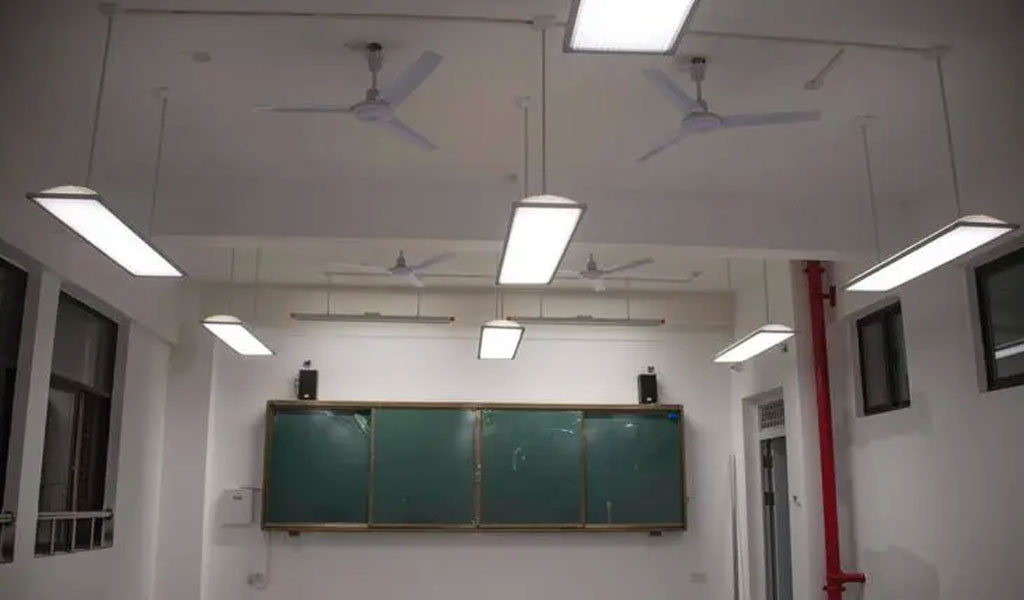
Factory lighting design is a critical aspect of creating a safe, productive, and energy-efficient manufacturing environment. The proper lighting not only enhances visibility but also impacts worker morale, performance, and overall operational efficiency. In this comprehensive guide, we will delve into several key points that demand careful attention during the factory lighting design process. From lighting intensity and color temperature to energy efficiency and maintenance, each factor plays a pivotal role in ensuring an optimal working environment.
1. Lighting Intensity and Uniformity
One of the fundamental aspects of factory lighting design is achieving adequate lighting intensity and uniformity. The illumination level must be sufficient for workers to perform their tasks comfortably and safely. This involves calculating illuminance levels (measured in lux) based on the specific tasks performed in each area of the factory. Additionally, uniform lighting distribution helps prevent glare and shadows, reducing the risk of accidents and errors.
2. Color Temperature for Task-specific Lighting
The color temperature of lighting impacts both aesthetics and functionality. Different areas within a factory might require varying color temperatures to suit their purposes. For instance, warm white lighting (lower color temperature) may create a more relaxed atmosphere in break rooms, while cooler white lighting (higher color temperature) is suitable for precision tasks in production areas. Understanding the correlation between color temperature and productivity is crucial for an effective lighting design.
3. Energy Efficiency and Sustainability
In an era of growing environmental concerns, energy-efficient lighting design is paramount. Incorporating energy-efficient light sources such as LEDs (Light Emitting Diodes) can lead to substantial energy savings. LEDs not only consume less energy but also have a longer lifespan compared to traditional lighting options. Implementing smart lighting controls, such as occupancy sensors and daylight harvesting systems, further enhances energy efficiency by adapting illumination levels based on occupancy and available natural light.
4. Flicker and Glare Reduction
Flickering lights can cause discomfort, eyestrain, and even trigger health issues. Minimizing flicker is essential to provide a comfortable working environment. Similarly, glare from overly bright light sources can hinder visibility and affect worker performance. Proper luminaire selection, placement, and diffusion mechanisms are pivotal in reducing both flicker and glare.
5. Ergonomics and Human-Centric Lighting
Human-centric lighting takes into account the impact of light on human well-being and circadian rhythms. Designing factory lighting that aligns with workers’ biological clocks can improve their overall health and performance. This approach involves providing appropriate lighting intensity and color temperature throughout the day, supporting alertness during work hours and promoting relaxation during breaks.
6. Maintenance and Accessibility
Factory lighting design should not only focus on initial installation but also consider long-term maintenance. Selecting luminaires that are easy to access for maintenance and repairs reduces downtime and associated costs. It’s also essential to choose fixtures that can withstand the factory environment, including temperature fluctuations, dust, and vibrations.
7. Regulatory Compliance and Safety
Adhering to safety regulations and guidelines is a non-negotiable aspect of factory lighting design. Regulatory bodies often specify minimum illumination levels, emergency lighting requirements, and lighting designs that minimize potential hazards. Prioritizing safety not only ensures compliance but also safeguards workers and equipment.
8. Flexibility and Adaptability
The needs of a factory can evolve over time due to changes in production processes or layouts. Designing lighting systems with flexibility in mind allows for easy adaptation to these changes. Modular lighting solutions, adjustable fixtures, and scalable control systems empower factories to modify their lighting setups without extensive redesigns.
Conclusion
Factory lighting design is a multidimensional challenge that requires a comprehensive approach. By considering lighting intensity, color temperature, energy efficiency, flicker reduction, ergonomics, maintenance, compliance, and adaptability, manufacturers can create an environment that enhances productivity, safety, and overall well-being. Balancing these key points ensures that factory lighting goes beyond mere illumination, becoming an integral part of a seamless and successful manufacturing operation.




